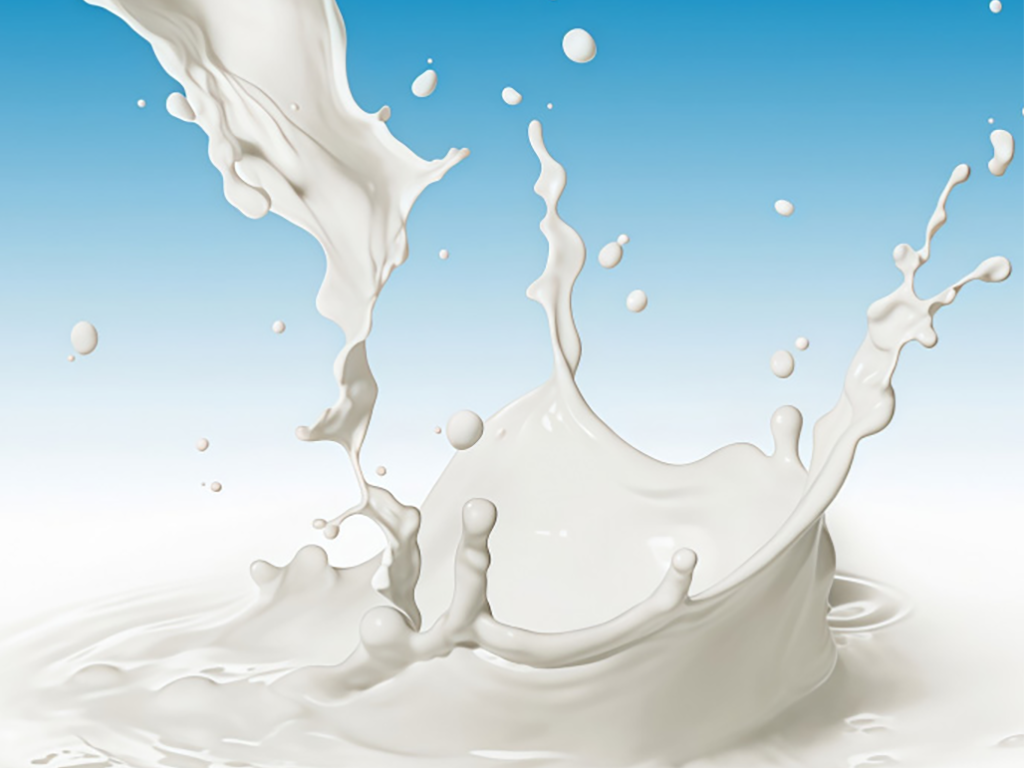Octyl acrylate alternatives are monomers or polymers that can replace octyl acrylate in specific applications, offering similar properties such as flexibility, adhesion, or weather resistance, often chosen for cost, availability, or performance trade-offs. 2-ethylhexyl acrylate (2EHA) is the most common alternative, with a similar chemical structure (branched alkyl chain) that provides comparable flexibility and low-temperature performance, making it interchangeable in many adhesives and coatings formulations. Butyl acrylate offers good flexibility and adhesion at a lower cost, though it may have slightly lower weather resistance, suitable for indoor applications or cost-sensitive products. Isobutyl acrylate provides better chemical resistance than octyl acrylate, used in industrial coatings requiring enhanced durability. Methyl acrylate, while more rigid, can be blended with softer monomers to mimic octyl acrylate’s properties in specific formulations. For sustainable applications, bio-based acrylates (e.g., fatty acid-based acrylates) serve as eco-friendly alternatives, reducing reliance on petroleum feedstocks. Each alternative has trade-offs: 2EHA matches performance but may have similar costs, butyl acrylate is cheaper but less durable outdoors, and bio-based options are more sustainable but often pricier. The choice depends on application requirements, with formulators selecting alternatives based on a balance of performance, cost, and regulatory compliance.
